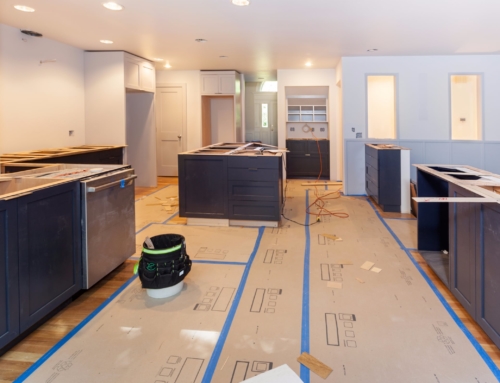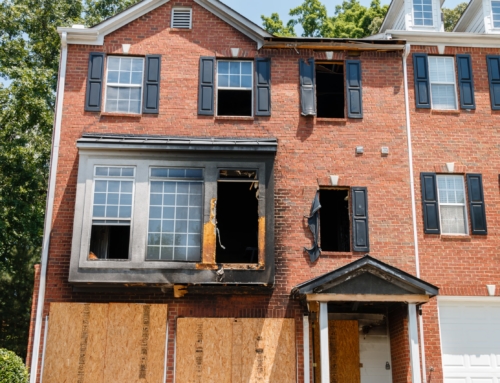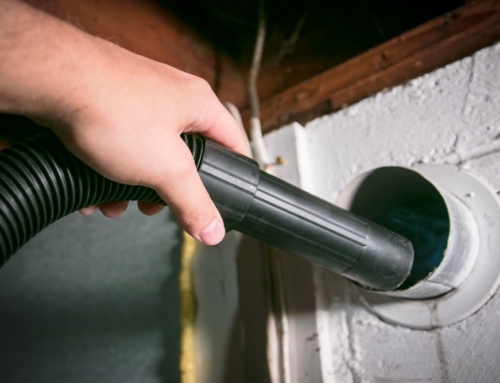If you didn’t fix up your home this summer, you’re probably planning something for this fall.
Or, at least it seems that way, as more homeowners are tackling home renovation and rehab projects. Nearly $200 billion will be spend on fixing up our homes this year, according to the National Association of Home Builders.
That’s a lot of paint and nails.
But there are some important considerations if you’re going to make a smart decision on which project to do, how elaborate to make it, and what it will do to your wallet and the value of your home when you’re finished.
So before you start with the demolition, take a few minutes to think through the following issues:
- What’s the budget?
Whenever my husband, Sam, and I plan a renovation project, this is the first question he asks me. Why? If you don’t have a firm budget in mind when you start out a renovation project, it’s too easy to watch it grow into something that’s unmanageable.
If you’re not watching your budget, a renovation project can easily creep up 20 to 40 percent in cost. That’s because it’s easy to fall in love with high-priced appliances, upgraded tiles and carpet, and beautiful fixtures. If you’re not watching every penny, you’ll quickly find that you’ve turned your bathroom rehab project into something worthy of Architectural Digest, and blown your budget to smithereens.
What can you do? It’s easy. Start with a fixed number you can afford, and work your way backward. Breakout your final number into estimates for each part of the construction, including the general contractor’s fee, demolition, carpentry, plumbing, electrical, fixtures and appliances.
If your contractor gives you a fixed price, be sure it includes everything and that you’re satisfied with the quality your dollars will buy.
- Expect the unexpected – and keep a reserve.
No matter what you do, unexpected expenses will arise during your renovation project. Either a wall will need rebuilding, or perhaps some extra plumbing work will be required.
If you build in a reserve of 15 to 20 percent, you should have enough to cover most of the unexpected costs that would otherwise blow your budget.
- Decide early what you really want, and don’t change your mind.
One of the biggest expenses in construction is a "change order." That is, if you change your mind about something once construction is underway, it will slow down your job and cost you more money. Contractors don’t like changes in the plans and will charge you a hefty fee every time you make a change.
So decide early on exactly what finishes you want, and then stick with the plans. If you’re having trouble visualizing what the finished project will look like, ask your architect to construct a 3-D model. Whatever that costs – and it won’t be cheap – it’ll cost a whole lot less than building the finished project and making a major change half way through.
- Don’t get talked into upgrades you can’t afford.
One of the biggest mistakes home buyers make when purchasing new construction is spending too much money on options and upgrades to their new home.
Some options and upgrades are fine, particularly if you can afford them. But if you can’t, you’re foolish to put your new home in jeopardy, simply because you have to have upgraded carpet, marble baths and a Jacuzzi.
Homeowners often make the same mistake when renovating. It’s fun to dream about everything you’d want, but few of us can actually afford everything all at once.
So make smart choices. Pay to add on more space, like a fourth bedroom, extra bath, third garage bay, or a fireplace. Delay non-essentials like molding and even hardwood floors in the living room. You can always add the finishing touches, like replacing a pedestal sink with a marble-topped vanity, down the line, when you have rebuilt your savings account.
- Put it in writing.
Whether you’re tackling a small project, or a huge gut job, make sure you spell out the details of what you want in writing. That could include architect’s plans for major jobs, or a detailed contract for smaller ones.
You’ll want the serial numbers of fixtures and appliances, unless you are buying these items yourself. You’ll want samples of the tiles to be used, with their names and numbers. You’ll want to know exactly what color and quality of paint will be used as well.
These are the items you’ll want included in the contract, along with information about the start and end dates, payment terms (never pay more than 20 percent upfront and keep 15 percent in reserve until you’re completely happy with the job), and copies of the contractor’s license, bond and insurance. An attorney can help you put the contract together.
If your contractor balks at signing the contract or providing any of the details about these items, you should find someone else to do your work. Life is too short to spend it trying to recoup your money from someone who is less than honest.






Leave A Comment